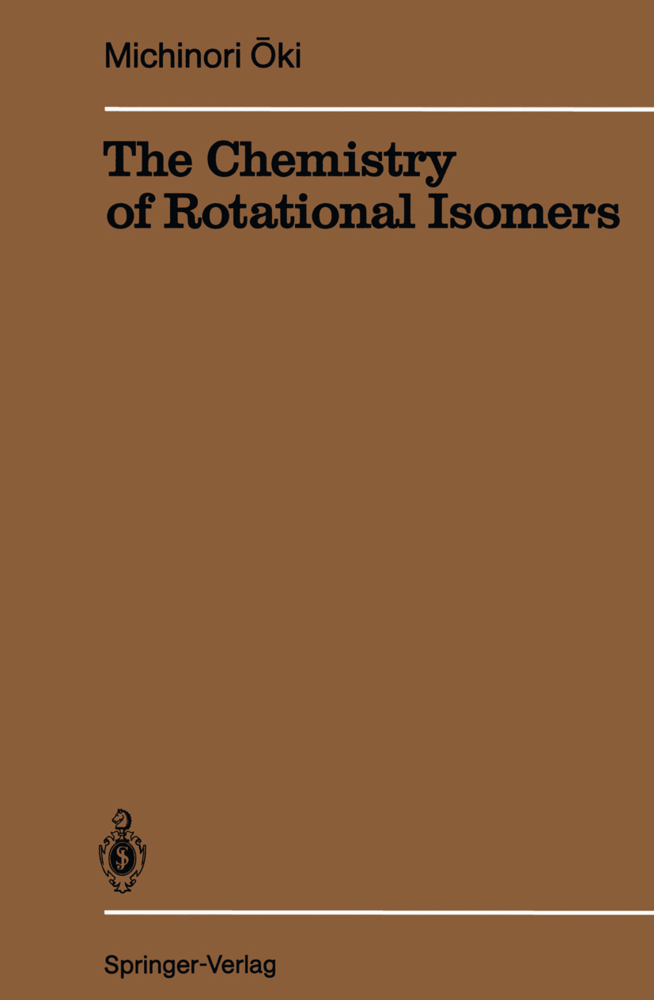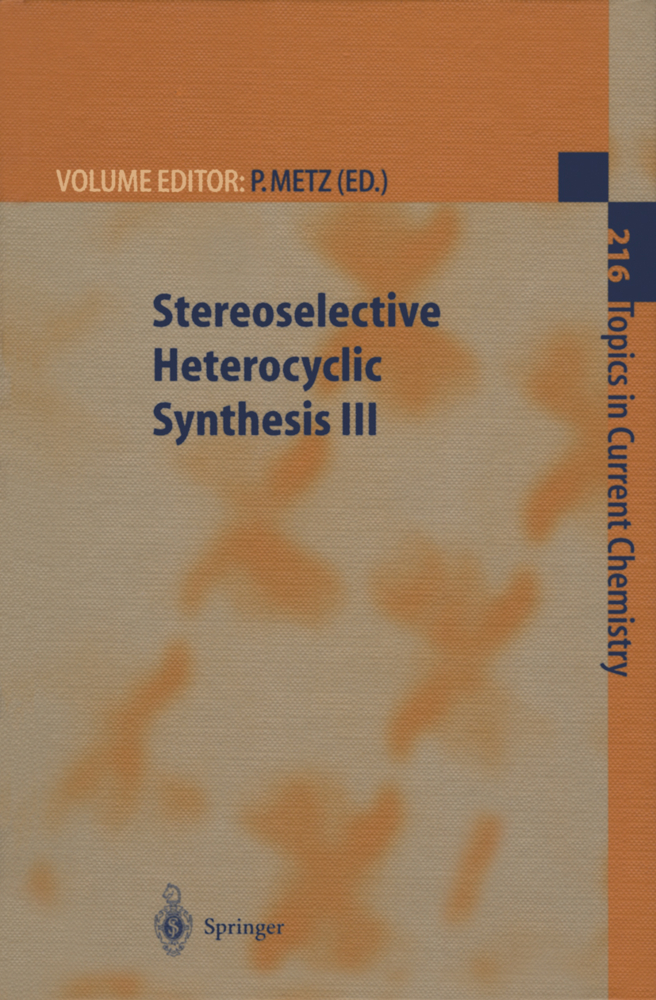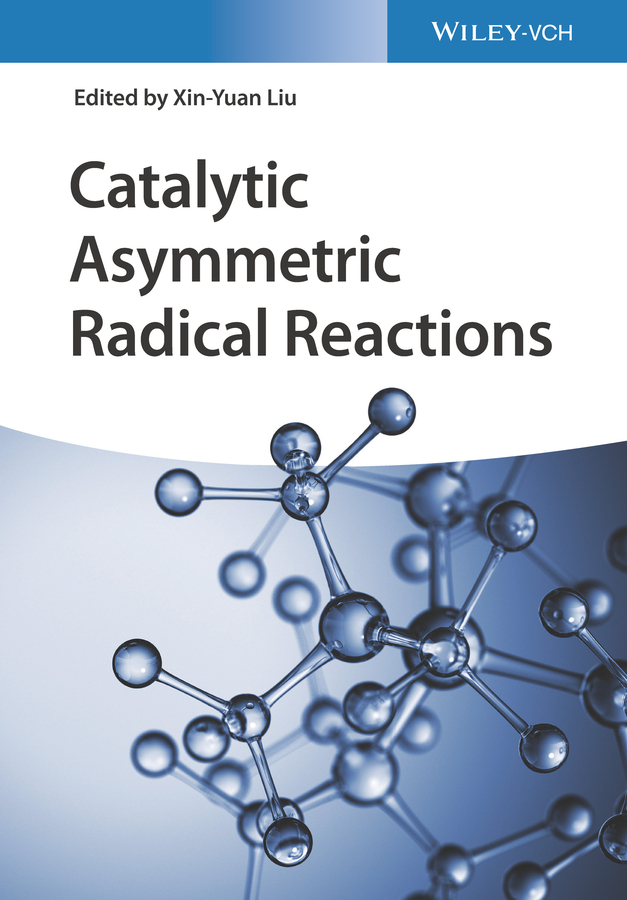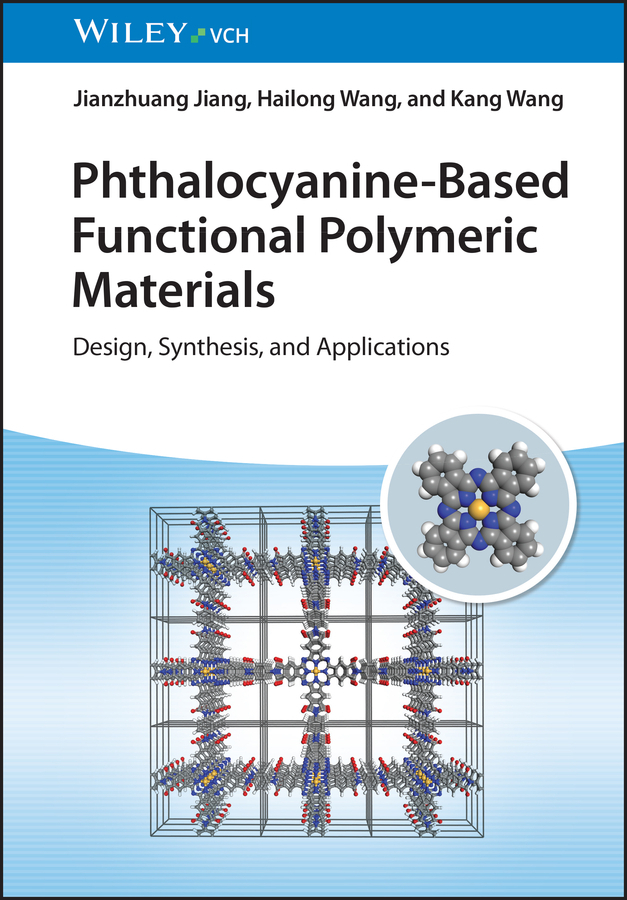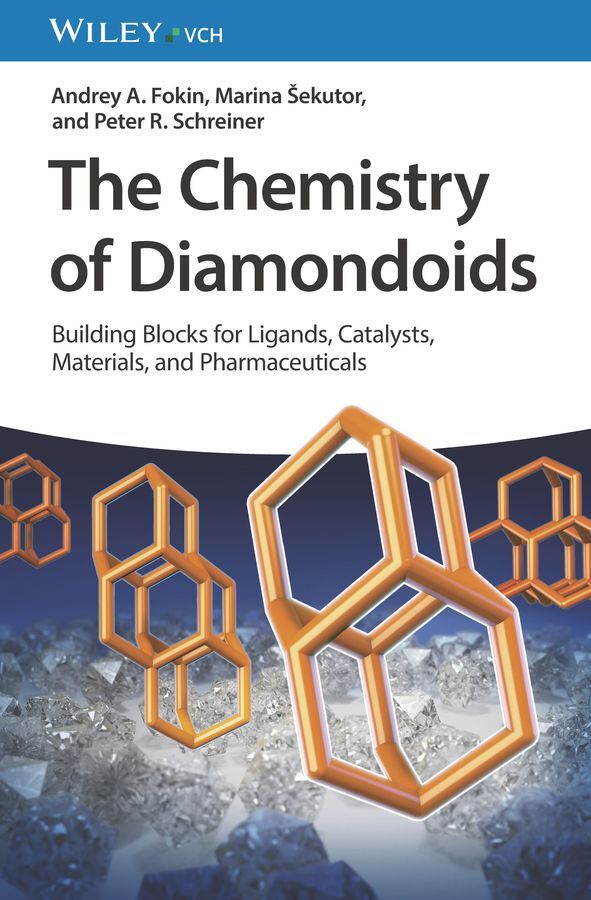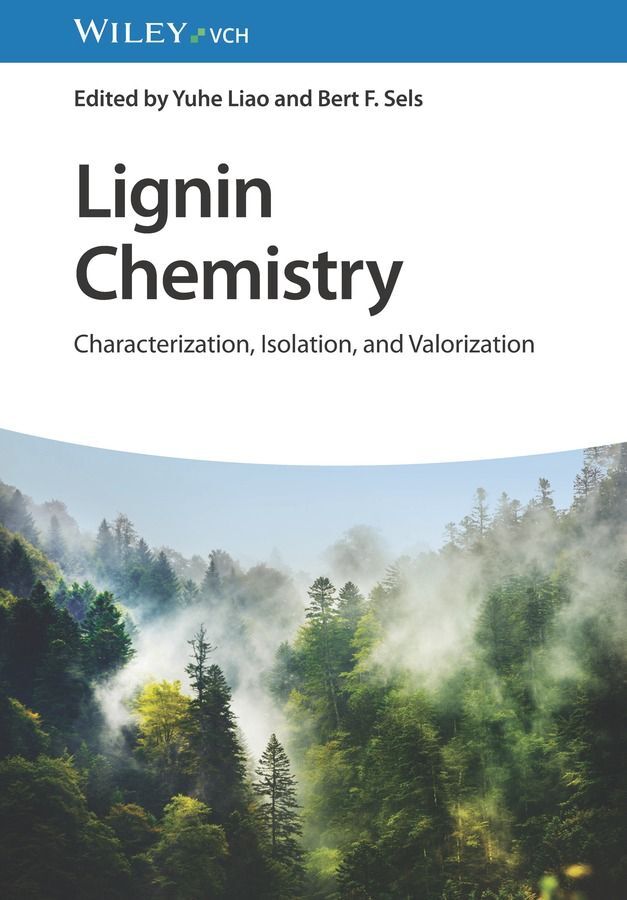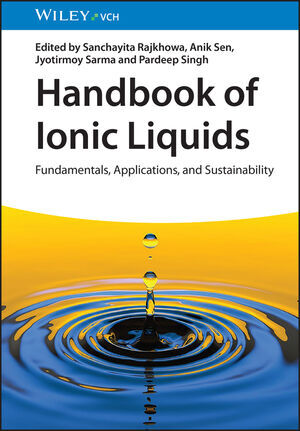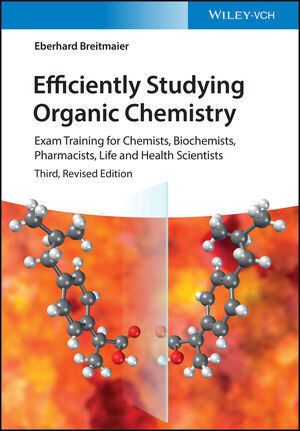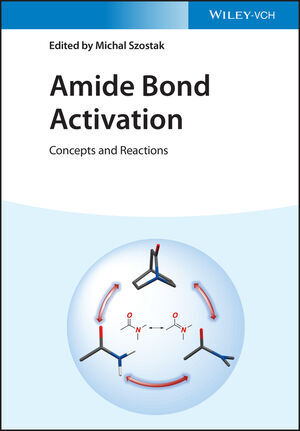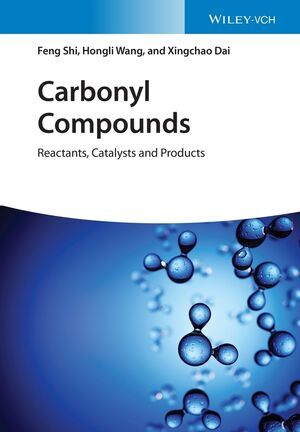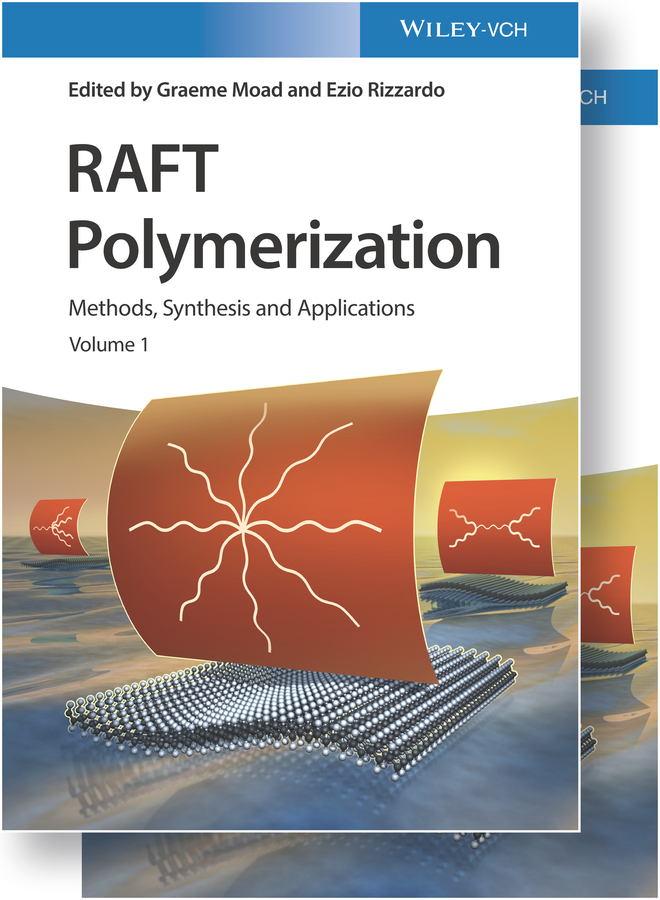The Chemistry of Rotational Isomers
The Chemistry of Rotational Isomers
Rotation about the Carbon-Carbon single bond is generallyregarded to be unrestricted. About 50 years ago, rotationalisomers were found to exhibit optical activity: substitutedbiphenyl derivatives. However, the author has investigatedother classes of compounds that have stable rotationalisomers at room temperature. These compounds can serve asmodels for studying very weak intermolecular interactions,that are difficult to observe. Even diastereotopic groupsshow different chemical reactivity.From the contents: The "Free Rotation Concept" - RotamerPopulations - Barriers to Rotation - Reactivity ofRotational Isomers.
1.2 Recognition of Rotational Isomers
1.3 Atropisomers
1.4 Isolation of Rotational Isomers
1.5 Concepts That Need Modification
1.6 References
2 Rotamer Populations
2.1 Estimation of Rotamer Populations
2.2 Factors That Affect Rotamer Populations
2.3 Information on Molecular Interactions Obtained from Rotamer Populations
2.4 References
3 Barriers to Rotation
3.1 Estimation of Barriers to Rotation
3.2 High Barriers to Rotation in the 9-Arylfluorene Series
3.3 High Barriers to Rotation in 9-Substituted Triptycene Series
3.4 High Barriers to Rotation in Miscellaneous Compounds
3.5 References
4 Reactivity of Rotational Isomers
4.1 Reactivity of 9-Arylfluorenes
4.2 Reactivity of Substituted Triptycenes
4.3 References.
1 Introduction
1.1 The "Free Rotation" Concept1.2 Recognition of Rotational Isomers
1.3 Atropisomers
1.4 Isolation of Rotational Isomers
1.5 Concepts That Need Modification
1.6 References
2 Rotamer Populations
2.1 Estimation of Rotamer Populations
2.2 Factors That Affect Rotamer Populations
2.3 Information on Molecular Interactions Obtained from Rotamer Populations
2.4 References
3 Barriers to Rotation
3.1 Estimation of Barriers to Rotation
3.2 High Barriers to Rotation in the 9-Arylfluorene Series
3.3 High Barriers to Rotation in 9-Substituted Triptycene Series
3.4 High Barriers to Rotation in Miscellaneous Compounds
3.5 References
4 Reactivity of Rotational Isomers
4.1 Reactivity of 9-Arylfluorenes
4.2 Reactivity of Substituted Triptycenes
4.3 References.
Oki, Michinori
| ISBN | 978-3-642-51026-7 |
|---|---|
| Article number | 9783642510267 |
| Media type | Book |
| Copyright year | 2012 |
| Publisher | Springer, Berlin |
| Length | X, 172 pages |
| Illustrations | X, 172 p. 1 illus. |
| Language | English |

